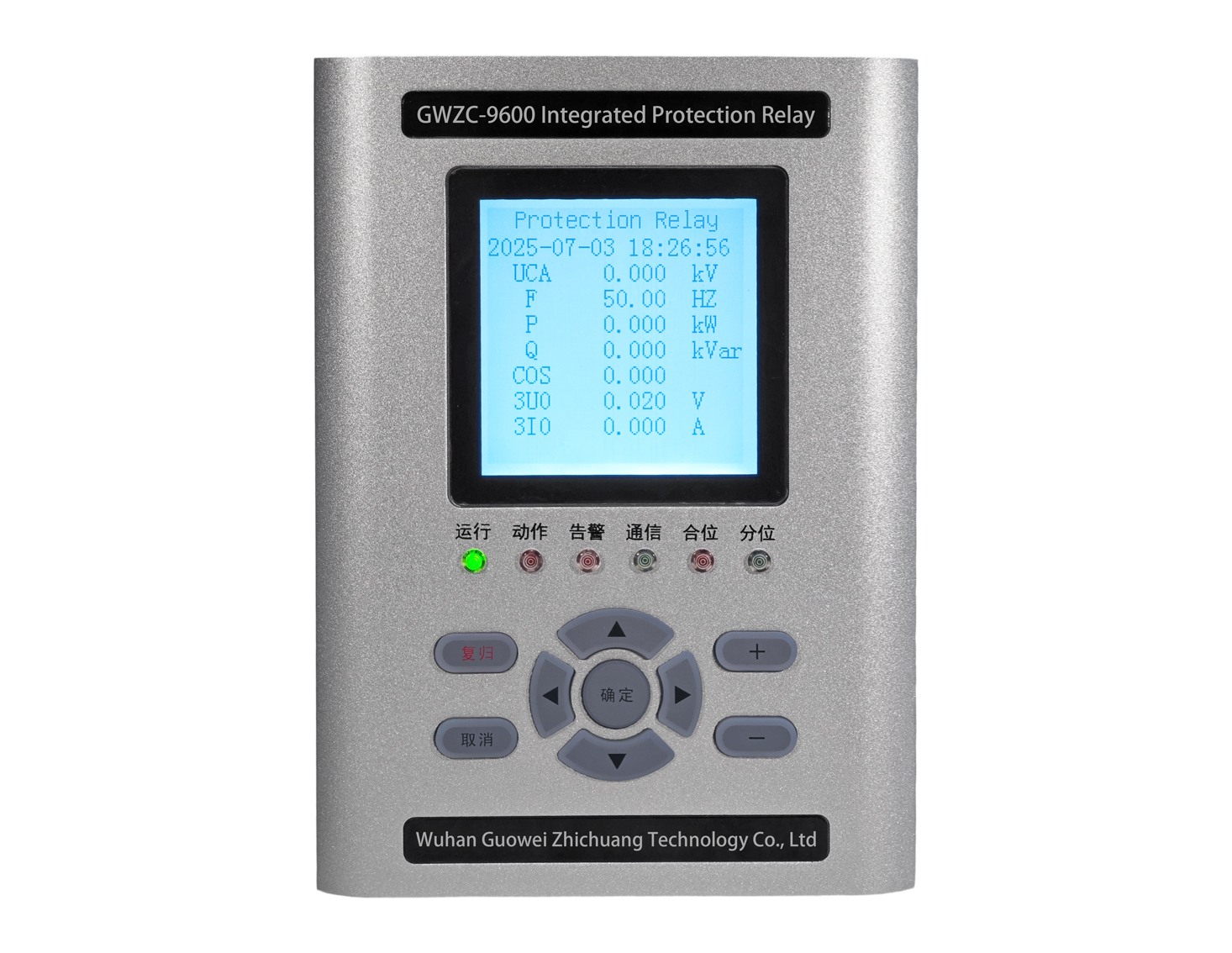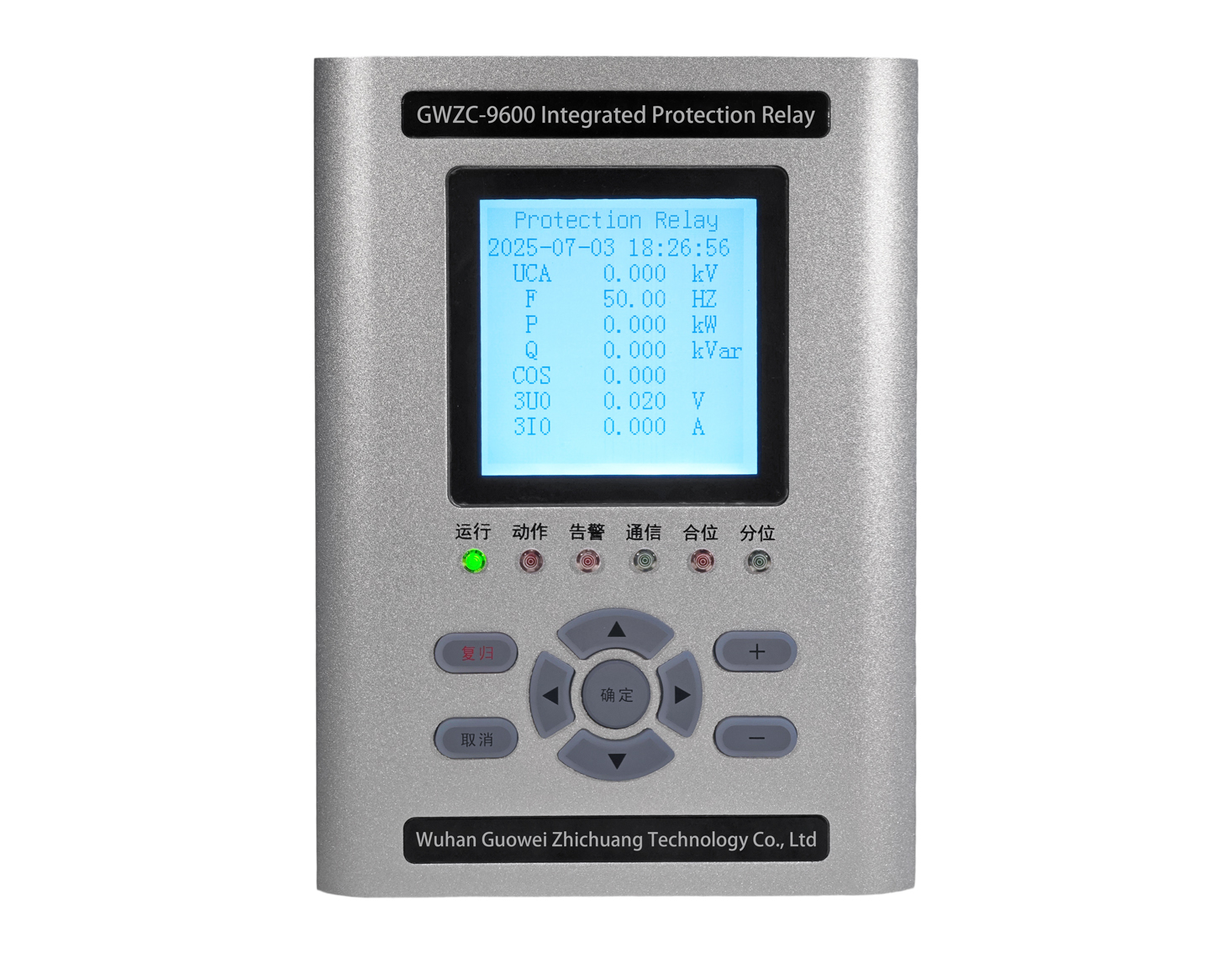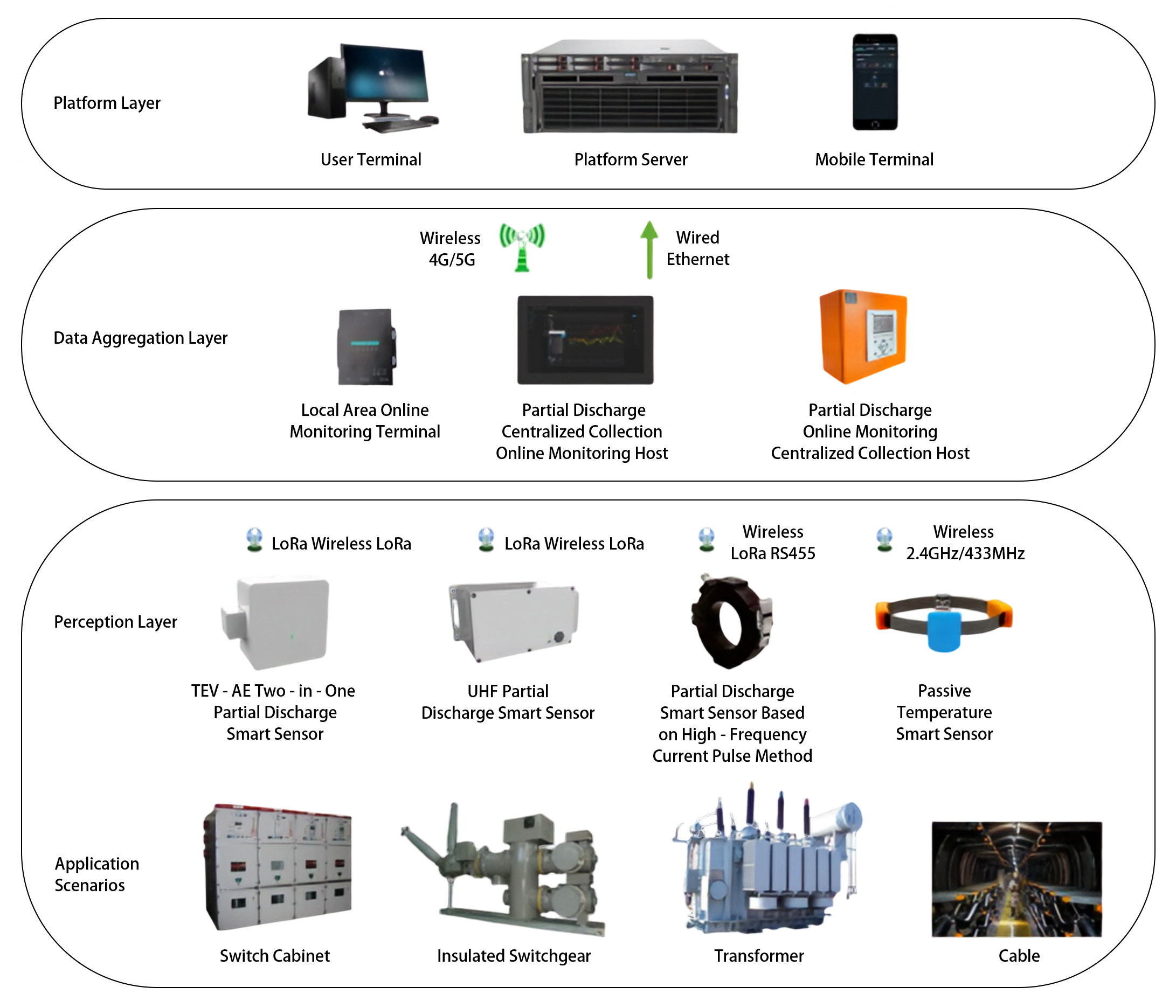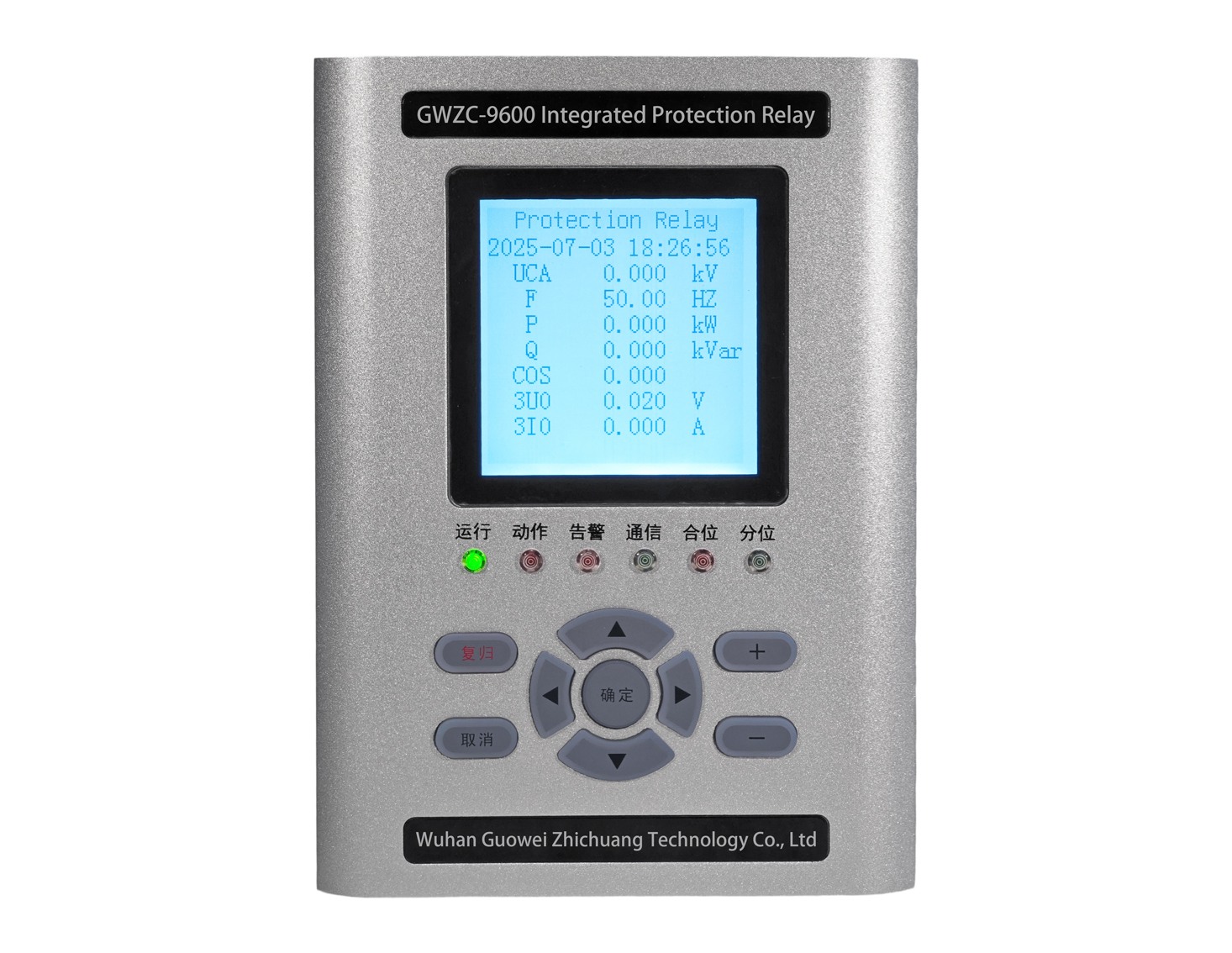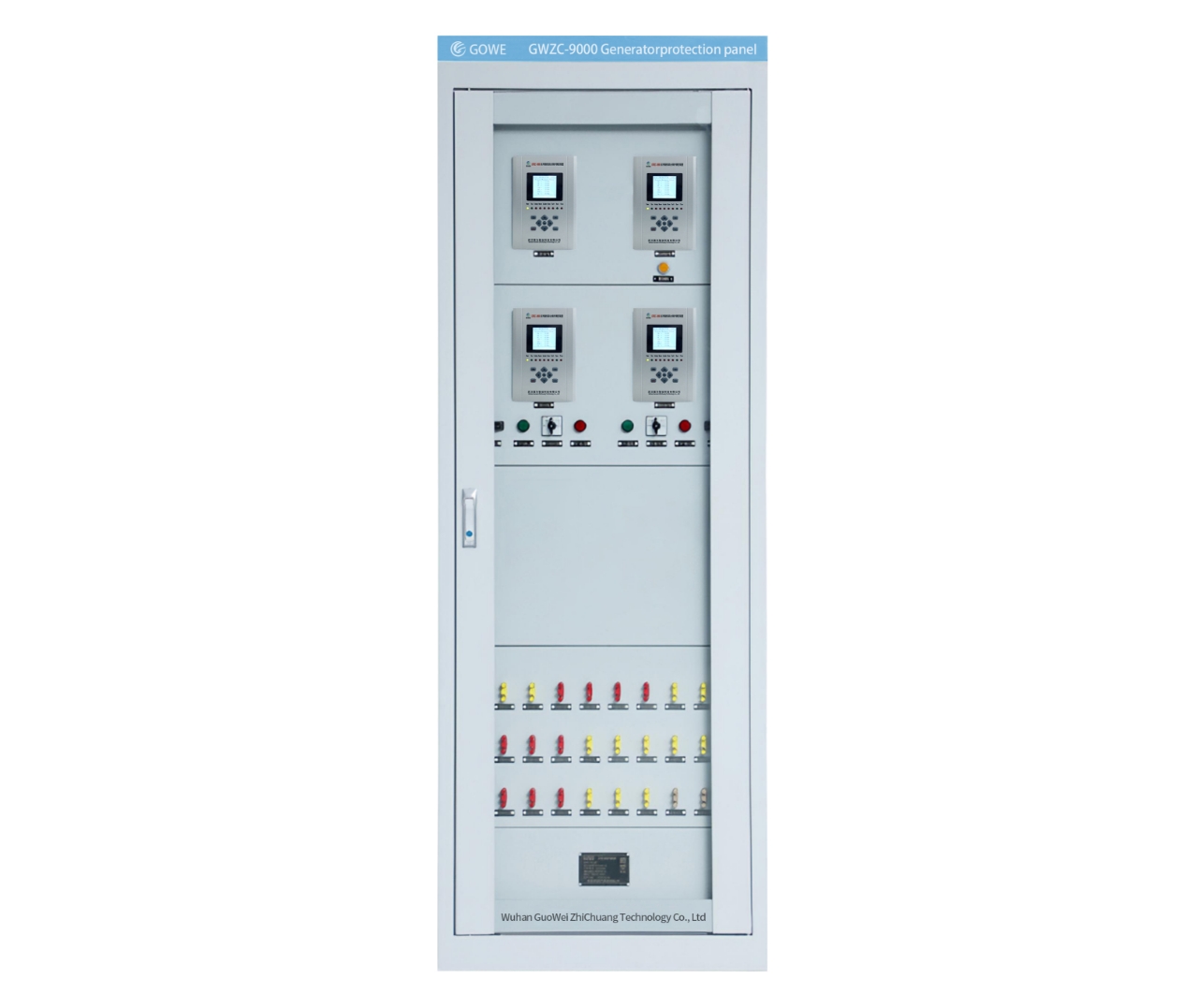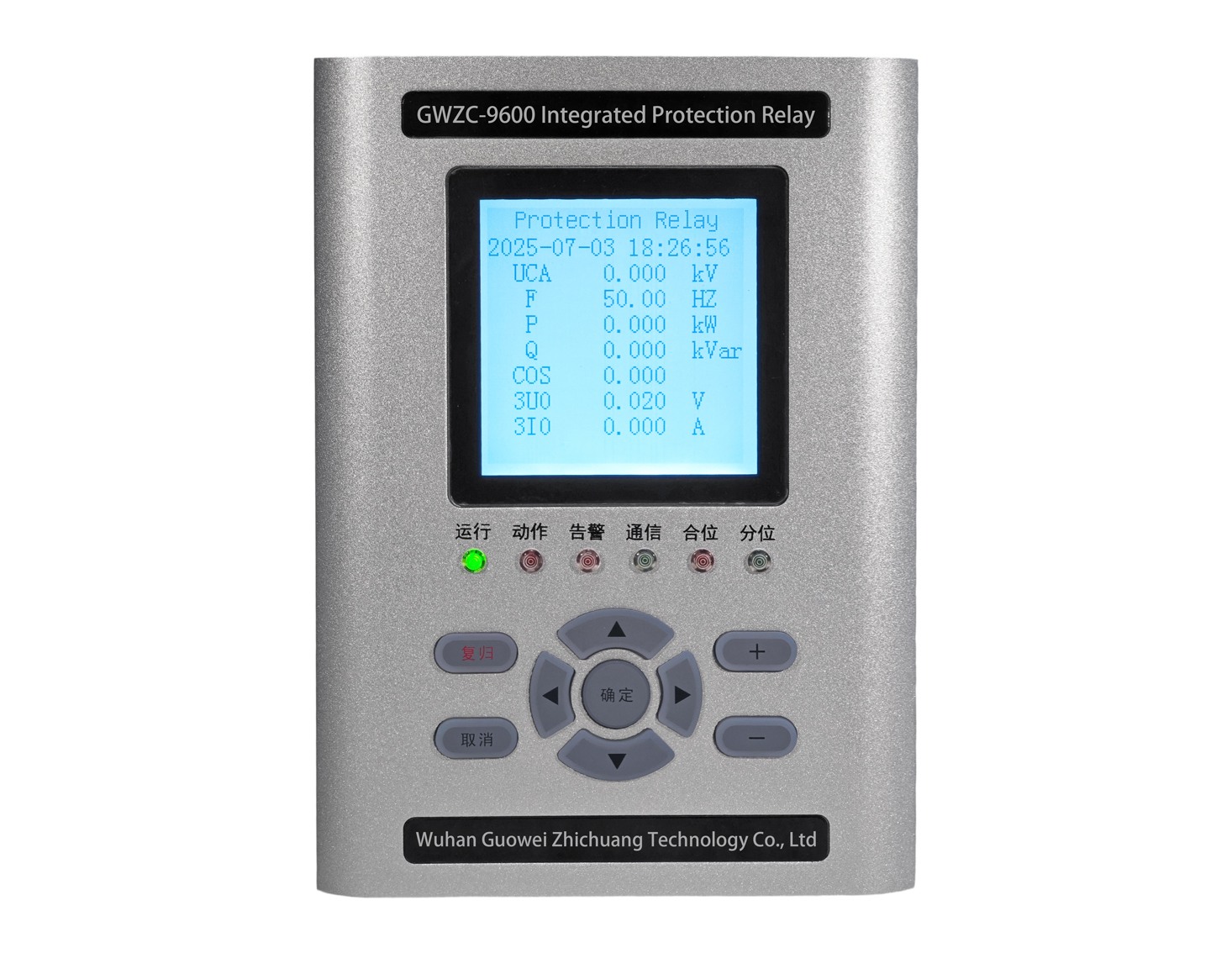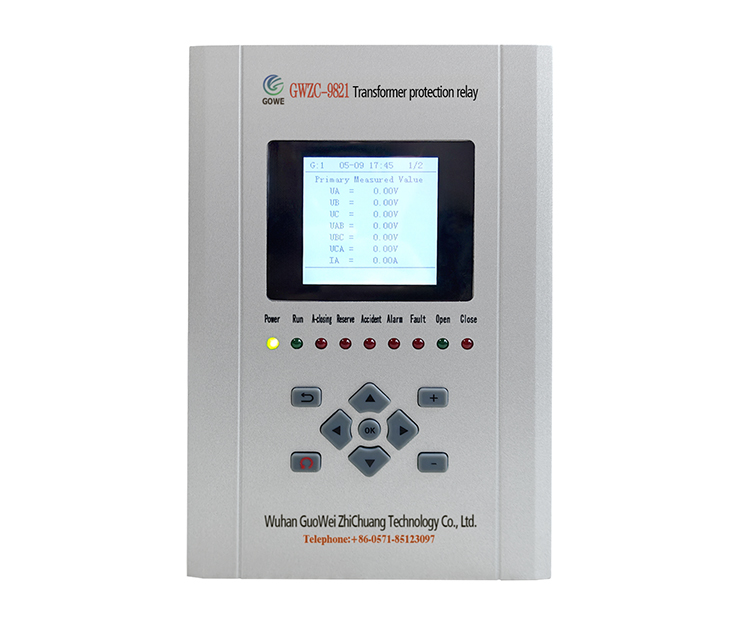
Differences Between High-Voltage and Low-Voltage Switchgear
Wireless temperature monitoring systems are widely used in both high-voltage (HV) and low-voltage (LV) switchgear. Depending on technical requirements, different configurations can be implemented. The structural designs of these two types of switchgear differ, ased below:
High-Voltage Switchgear:
Contains HV switching devices, circuit breakers, protection systems, HV disconnectors, busbars, insulators, and grounding switches. Voltage levels range from 3.6 kV to 550 kV. These cabinets are assembled as integrated systems incorporating both primary and secondary equipment, with functions such as overhead line connections and busbar linking.
Low-Voltage Switchgear:
Houses LV switch groups and circuit protection systems. Assembled as complete LV equipment sets within the cabinet, they are typically used in power and lighting networks below 1 kV. LV switchgear falls under the CCC (China Compulsory Certification) mandatory product certification directory.
Application Solutions for Wireless Temperature Monitoring
1.Temperature Sensor Installation:

2.Wireless Temperature Monitoring Host:
A touchscreen wireless temperature monitoring host can simultaneously connect to temperature sensors, partial discharge sensors, and humidity sensors via wireless networking. It can also be embedded in switchgear panels for installation, with options tailored to specific requirements and locations. Each type of monitoring host can manage hundreds of wireless temperature sensors.
3.Wireless Temperature Monitoring Software System:
The touchscreen monitoring host comes with built-in temperature monitoring software, which can also be installed on PC and mobile APP platforms for multi-device access and remote centralized management.
